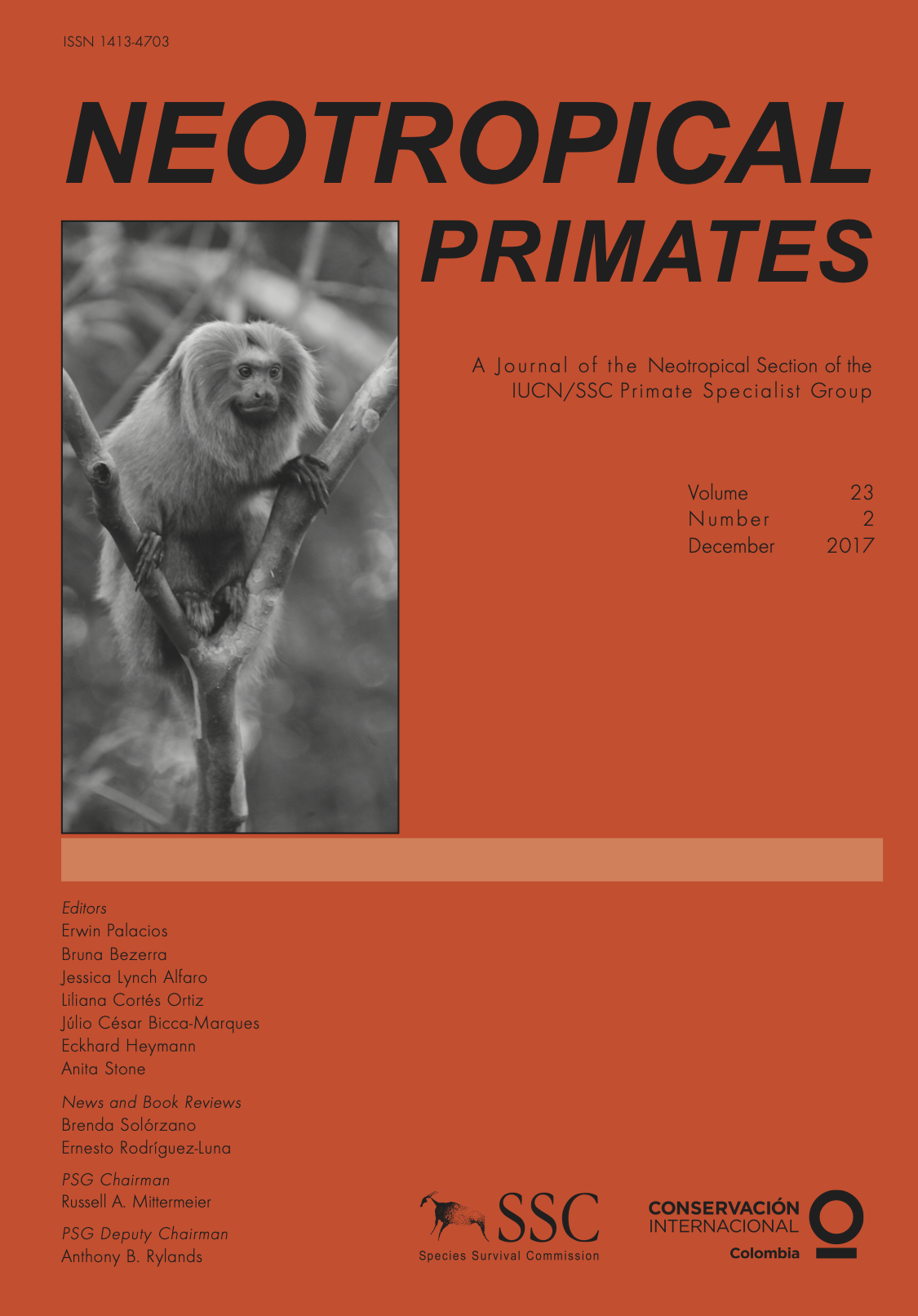Calidad estructural y funcional de espacios usados por Alouatta seniculus en fragmentos de bosque seco tropical (Córdoba, Colombia)
DOI:
https://doi.org/10.62015/np.2017.v23.117Keywords:
Habitat fragmentation, habitat quality, habitat use, spatial heterogeneityAbstract
The red howler monkey (Alouatta seniculus) is one of the Colombian species of primates without a category of threat. In comparison with other species of primates, A. seniculus has a high ecological plasticity, which allows it to occupy more variable environments in terms of habitat size and amount of resources. The tropical dry forests (TDF) of Colombia have been strongly affected by high impact cattle ranching, leaving few patches of the original vegetation. Although A. seniculus is capable to occupy these patches, there is no information about the proportion of occupancy and what structural or functional characteristics determine the use of the space. We analyzed the structural, functional, and spatial characteristics of TDF patches in the natural reserve “Betancí-Guacamayas” (Cordoba, Colombia) that explain the use of space by A. seniculus. It was found that the structural characteristics were the main factors that describe the way the primates used the available spaces. A habitat quality index was developed, which describes the probability of occupancy of the patch spaces taking into account the BHD, canopy coverage, canopy diameter and treetop height.

Downloads
Published
Issue
Section
License

This work is licensed under a Creative Commons Attribution-NonCommercial-ShareAlike 4.0 International License.


